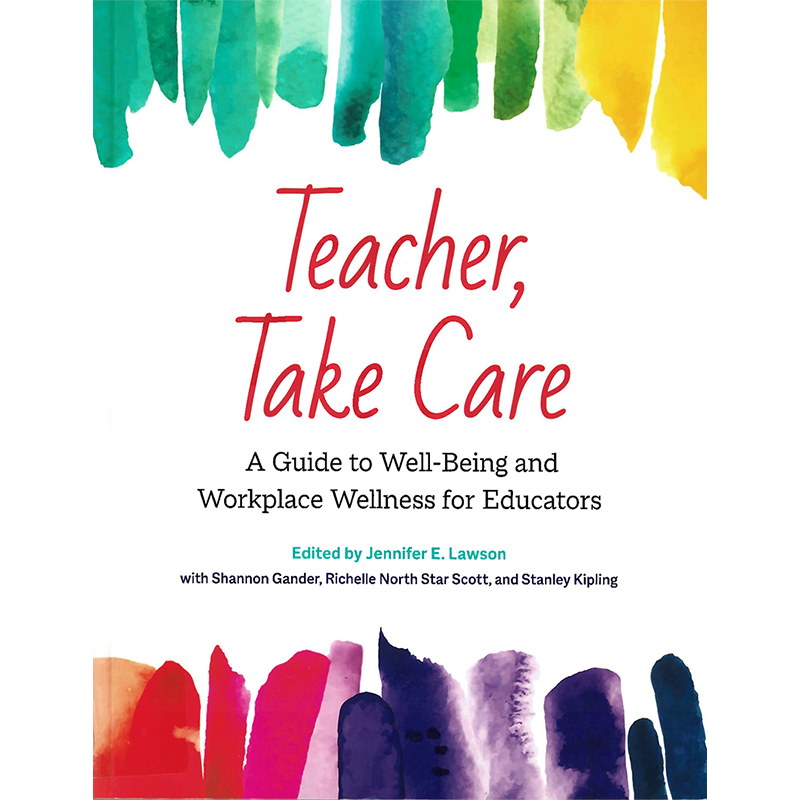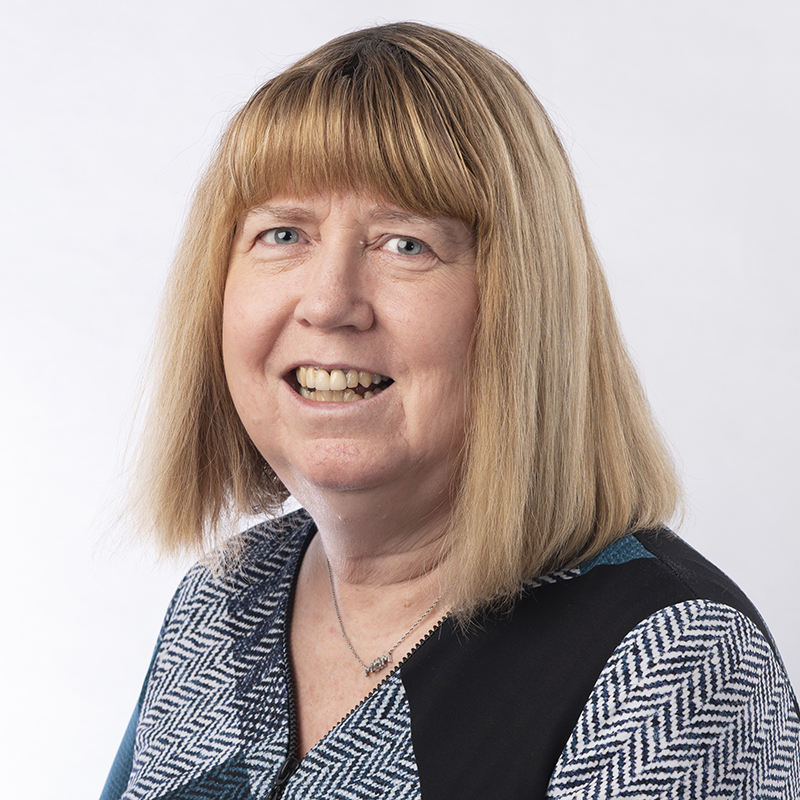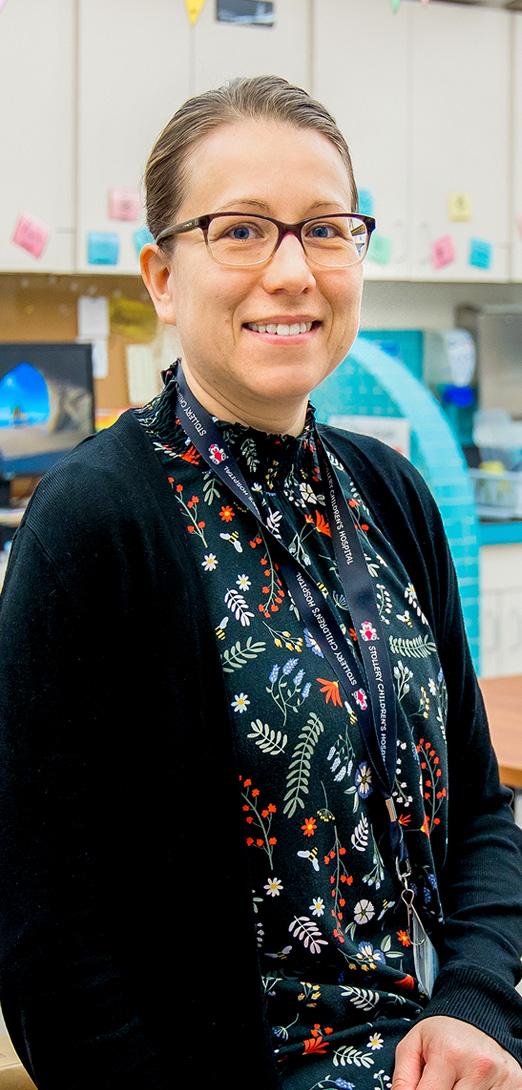Well-being can’t be something that we think of as a nice-to-have.
—Sarah Balla
Every morning when she drives to school, Sarah Balla listens to Teacher Fan Club, a well-being podcast. She then begins her first class by putting on a calming song and inviting students to relax their bodies and land themselves in the present. After class, she spends her recess meeting with the school’s student wellness action team. At staff meetings, she leads a breathing exercise, and once a month she organizes a rainbow lunch that involves a variety of colourful fruits and vegetables.
To live and breathe well-being is part of the role of a healthy school champion, which involves being the voice for wellness within the school—helping staff and students remember that their overall health is the prerequisite for everything they do.
“Well-being can’t be something that we think of as a nice-to-have,” Balla says.
A healthy school champion for nearly a decade, Balla teaches kindergarten and physical education at St. John XXIII Catholic School in Fort Saskatchewan. Being a healthy school champion involves more than just sharing information, she says. It’s about generating excitement and enthusiasm, providing movement opportunities for students and staff, and encouraging mindfulness. It’s also about giving people the opportunity to try something new.
“It’s important for our students to feel a sense of well-being and for school staff to feel supported in their own personal wellness in order to teach and to learn,” Balla says. “Then teaching and learning can thrive.”
Also known as school wellness champions or health promoters, healthy school champions are instrumental within broader health and wellness efforts, says Brian Torrance, executive director of Ever Active Schools, an Alberta organization that supports healthy school communities.
About half of Alberta’s 2,000 schools have healthy school champions, Torrance estimates. Ever Active Schools works directly with just over 400 schools, providing teacher-friendly resources on physical activity, mental health and overall wellness. The organization also offers professional learning opportunities to help boost the self-efficacy of healthy school champions.
Wellness champions are primarily teachers (and not necessarily physical education teachers), but they can also be school leaders, students or parent volunteers. They can operate at the school level or the school jurisdiction level. Some positions are paid while others are volunteer.
Ideally, Torrance would like all schools to have not only a healthy school champion but also a healthy school team.
“If it falls on one person, it isn’t very sustainable,” he says.
Balla agrees. She’s part of a 23-person team within Elk Island Catholic Schools.
“There’s only so much an individual can do without the backing of a team,” she says.
Balla encourages teachers, school leaders, chaplains, family wellness workers and Indigenous education leads to consider becoming a team member. The prerequisites are a passion for well-being, healthy habits and leadership ability.
“It’s like this delicate balance of having the tools to keep yourself in a good place mentally, physically, spiritually and then having the leadership qualities to generate excitement in your school.”

Recommended resource
Teacher, Take Care: A Guide to Well-Being and Workplace Wellness for Educators
Edited by Jennifer E. Lawson
Available through the ATA library
Comprehensive school health
Healthy school champions are part of the Comprehensive School Health framework that emerged in Canada in the 1980s. The internationally recognized framework is dedicated to supporting health and well-being within the school. It consists of the social and physical environment, teaching and learning, healthy school policy, and partnerships and services. Healthy school champions take a lead role in facilitating activities related to all four components.

Assistant to Executive Secretary, ATA



